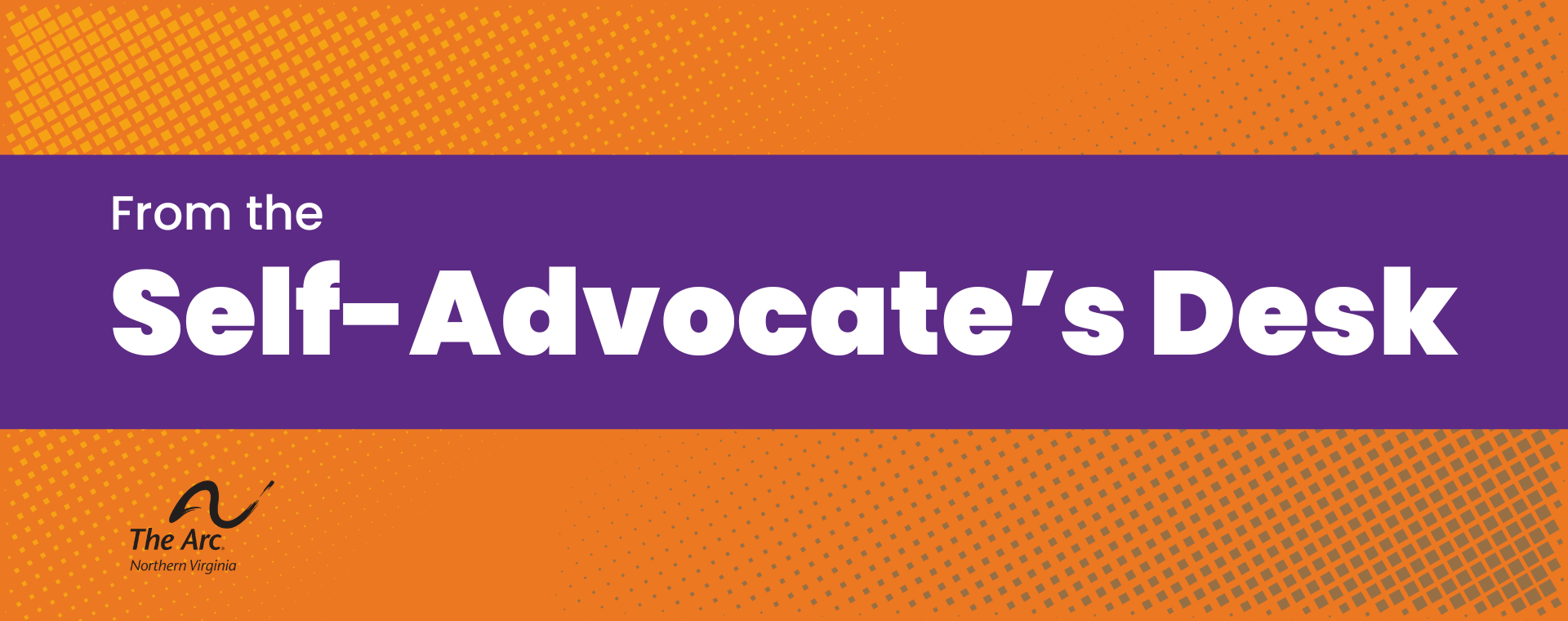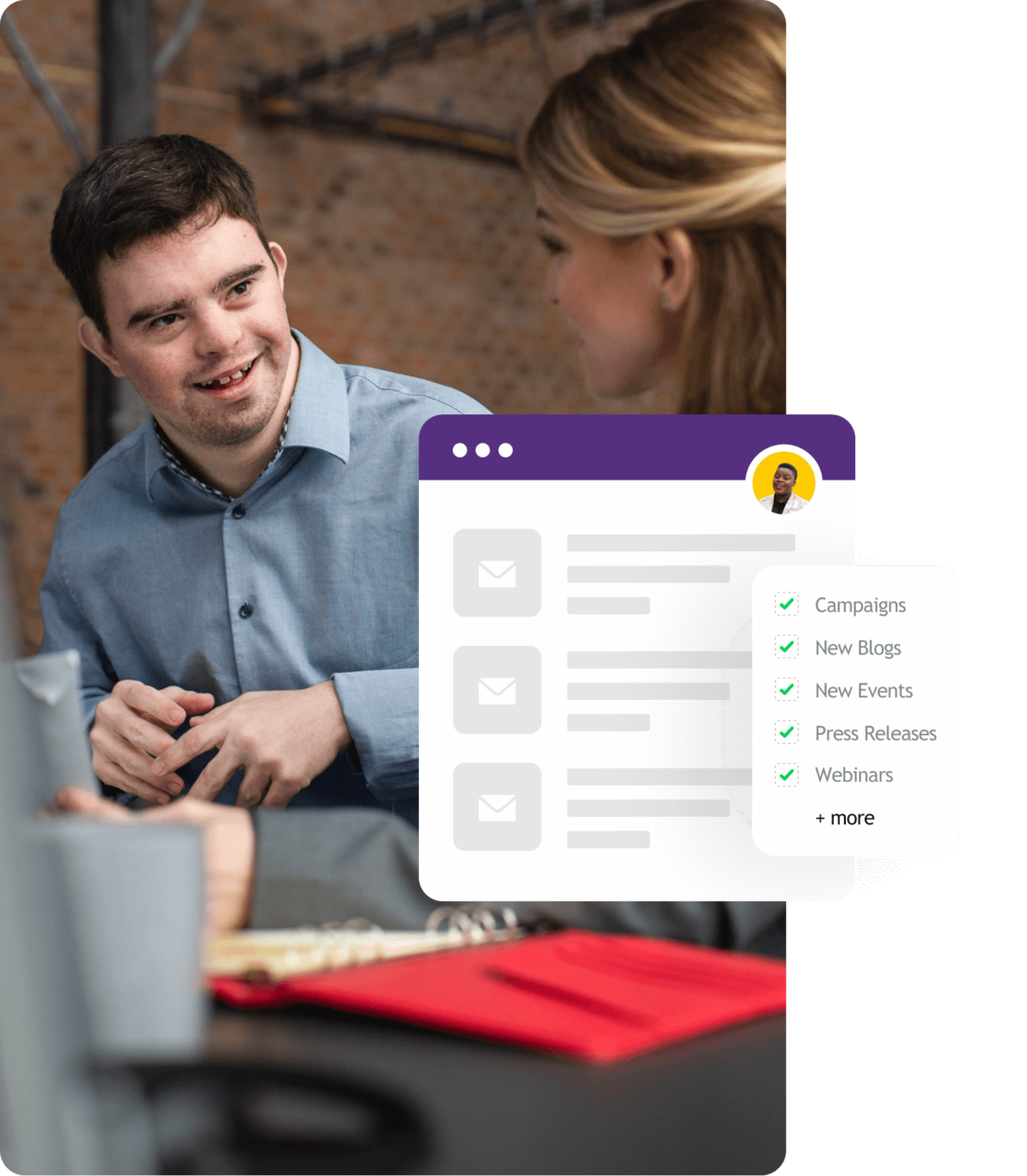The following is a response to the question, “What does the ADA Mean to me?”
Introduction
When asked what the Americans with Disabilities Act (ADA) means to me, I reflect not only on legislative text, but also on how environments either foster or inhibit equitable participation. My experiences navigating both the Oak Park and West Bloomfield school systems shaped my understanding of the ADA as a living framework — a legal safeguard, certainly, but also an evolving social contract that requires vigilant implementation and ongoing dialogue.
What Purpose Does the ADA Serve?
At its core, the ADA embodies a fundamental civil rights principle: individuals with disabilities must have equal access to all facets of public life, including education, employment, transportation, and community engagement. It serves multiple purposes:
- Legal Protection: It provides recourse against discrimination and establishes enforceable standards across the public and private sectors.
- Structural Change: It compels institutions to design physical and digital environments that are accessible, moving beyond ad hoc accommodations to systemic inclusion.
- Cultural Shift: It signals that disability is an essential aspect of human diversity, deserving of dignity and equity.
The ADA is thus not merely reactive, but transformative — intended to reshape society’s assumptions and practices.
Weighing the Fantasies and Realities
Despite its far-reaching objectives, my lived experiences illustrate the tension between the ADA’s theoretical guarantees and the realities of day-to-day implementation.
In the Oak Park School System, resources dedicated to students with disabilities were constrained, and accessibility was frequently an afterthought rather than an integrated component of planning. Support services existed, but they were inconsistent, heavily dependent on individual educators’ awareness and willingness to advocate. For many students, including myself, navigating these gaps often meant relying on personal resilience rather than systemic support.
In contrast, the West Bloomfield School System offered comparatively robust resources. There was a more deliberate emphasis on inclusive practices and greater institutional willingness to implement accommodations. Nevertheless, challenges persisted. Even within well-resourced systems, implicit biases, limited training, and bureaucratic hurdles sometimes undermine the spirit of inclusion.
These divergent experiences underscore that while the ADA establishes legal rights, it cannot alone transform attitudes or ensure uniform practice. The fantasy is that legislation is self-executing and sufficient; the reality is that progress requires sustained advocacy, education, and vigilance to bridge the persistent gap between policy and practice.
Building a Path Forward
For me, the ADA has been instrumental in securing the right to reasonable accommodations, ensuring access to educational opportunities, and empowering me to assert my needs without fear of reprisal. It has provided a legal framework that affirms my belonging within broader society rather than relegating me to its margins.
Currently, I am engaged in efforts to advance disability rights through advocacy, public speaking, and community engagement. I share personal narratives to illuminate systemic challenges and collaborate with stakeholders to identify practical solutions that go beyond compliance toward genuine inclusion. My goal is to contribute to a collective movement that leverages the ADA not only as a legal mandate but as a catalyst for cultural and institutional change.
Conclusion: An Invitation to Collaboration
Ultimately, the ADA signifies both achievement and unfinished work. It reflects a societal commitment to equity, yet it also reveals the ongoing necessity of collective action. For professionals, lawmakers, advocates, and members of the disability community, the ADA should serve as both a shield and a springboard, protecting rights while inspiring innovation and systemic reform.
I extend an open invitation to collaborate across sectors and disciplines. Together, we can continue the work of translating the ADA’s legal guarantees into lived realities, ensuring that accessibility and inclusion become universal standards rather than aspirational goals. Only through shared commitment and sustained effort can we fulfill the ADA’s promise of a society where every individual can participate fully, with dignity and respect.
Key Takeaways
- The ADA is both a legal instrument and a catalyst for cultural change, protecting civil rights and promoting systemic inclusion.
- Despite significant progress, gaps remain between legislative mandates and practical, everyday accessibility.
- Personal narratives and lived experiences are crucial in highlighting ongoing barriers and informing effective solutions.
- Collaborative efforts between individuals, communities, institutions, and policymakers are essential to fully realize the ADA’s promise.
How to Get Involved
- Educate Yourself and Others: Stay informed about ADA provisions and evolving accessibility standards. Attend workshops, webinars, or professional trainings on disability rights and inclusive practices.
- Join Local Advocacy Groups: Participate in community organizations or disability advocacy networks working to advance ADA compliance and broader disability rights.
- Engage Policymakers: Communicate with legislators to share lived experiences, identify gaps in implementation, and advocate for stronger enforcement and funding.
- Promote Accessibility in Your Sphere: Whether in your workplace, school, or community, look for ways to make environments more inclusive and accessible for all.
- Amplify Diverse Voices: Support platforms and initiatives that center the perspectives of people with disabilities, especially those from historically marginalized communities.
The work of advancing the ADA is collective. Whether through policy reform, community education, or individual advocacy, each contribution strengthens the broader movement toward equity and full participation for all.
Thank you for taking the time to read my response.
Sincerely,
Ian Allan
Self-Advocate for the Arc of Northern Virginia
Ian Allan is a self-advocate with a deep commitment to policy literacy, systems change, and disability justice. Through The Arc of Northern Virginia, he works to ensure that people with intellectual and developmental disabilities are not just served by systems, but shaping them.

